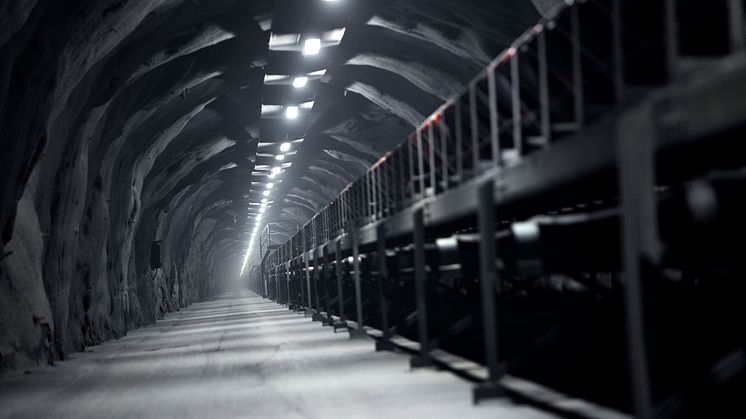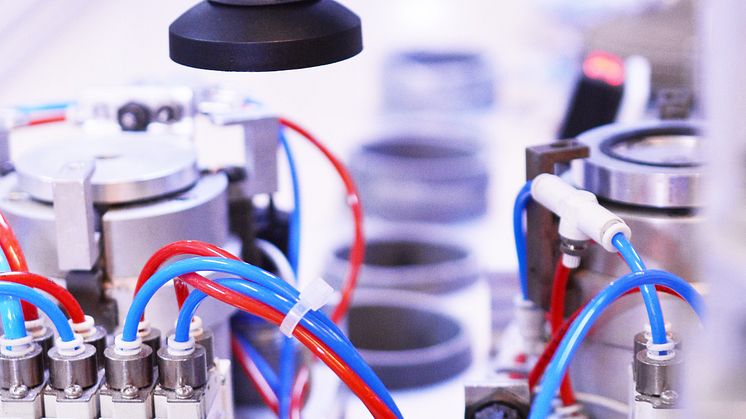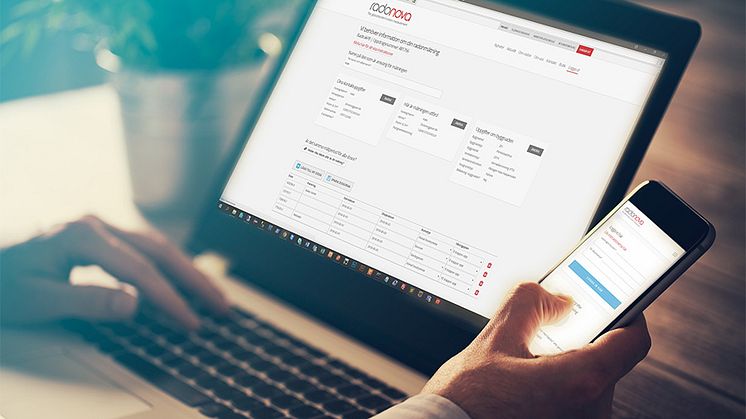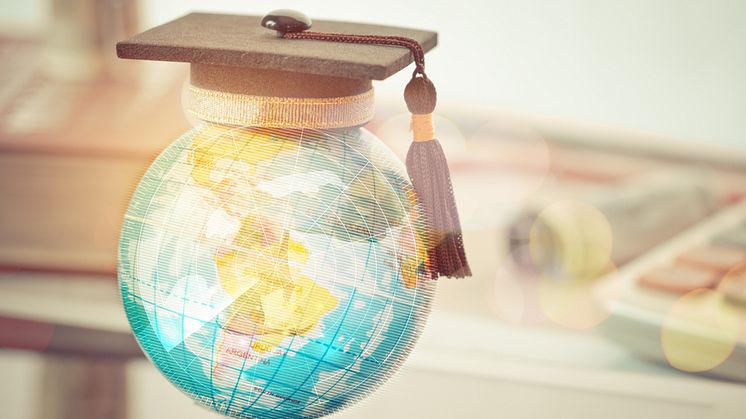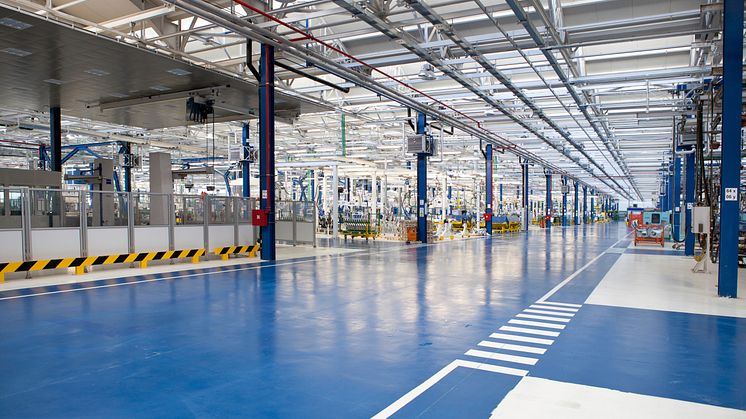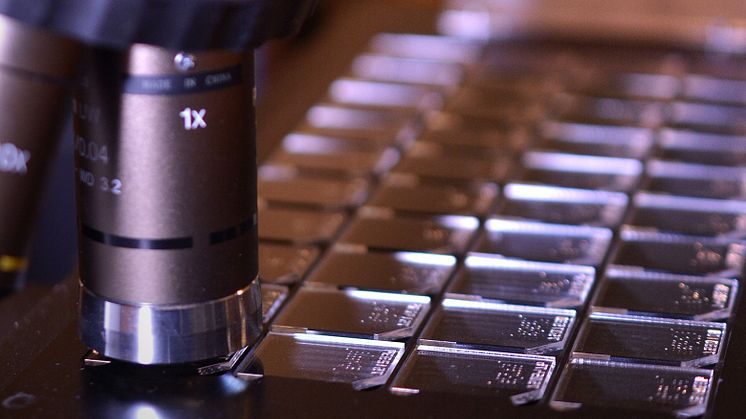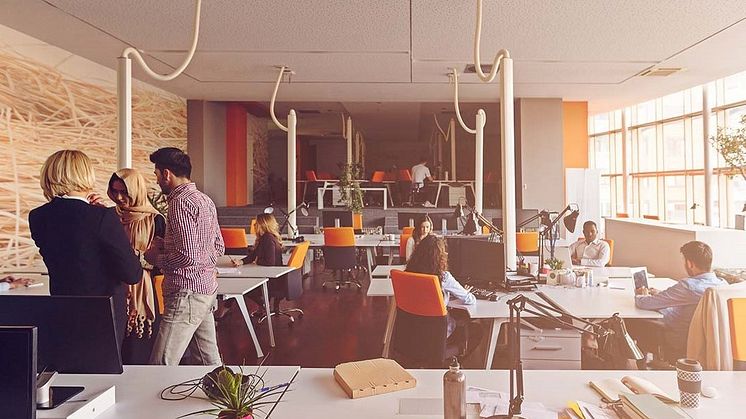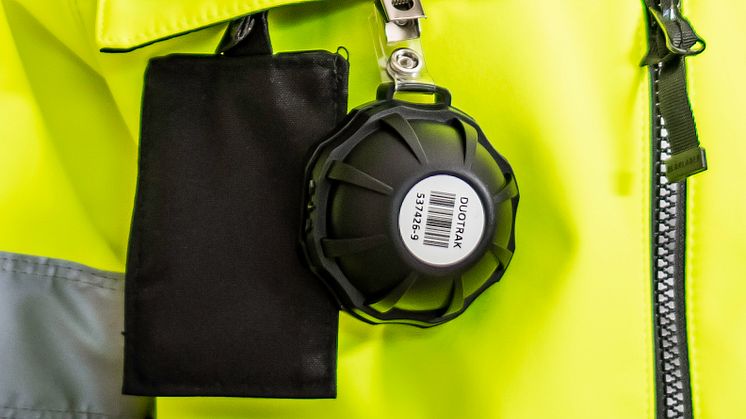
Blog post -
A Guide to Understanding Radon Dosimetry
This is a brief introduction to radon dosimetry which describes what it is and when and how to use it. It has been put together with the help of Radonova's radon laboratory experts. Feel free to contact them if you have any questions or want more detailed information.
What is the difference between conventional radon measurement and using a radon dosimeter?
Normally, when measuring for radon, radon levels in a room are analysed using a radon detector or radon instrument, with the results then compared to a national reference value. The higher the radon content, the greater the risk of getting lung cancer. However, it is not only the radon content level that determines the health risk. Exposure to radon over a long period of time is also a contributing factor. To evaluate long term radon exposure use a radon dosimeter.
By using this continuous technique you are able to calculate the level of radon an individual is exposed to over a set period of time. Of course, the applicable limit values will vary depending on the type of room you work in. There is a difference, for example, if you work above or below ground. In addition, limits vary from country to country. If you want to know more about what the limit values are in your country, contact Radonova's experts.
When should I use radon dosimetry?
Radon dosimetry is mainly used in mines and in underground facilities, where radon levels are often high. This is because radon gas is a decomposition product of uranium that is commonly found in the earth's crust. Therefore, radon content is significantly higher in and below ground level, when compared to the air above ground. Radon dosimetry can also be used in other workplaces where high levels of radon content have been identified and perhaps there may not be an easy way of implementing radon reduction measures. Before commencing a radon dosimetry project for individual employees, it is highly recommended to conduct a radon measurement of the workplace.
How does radon dosimetry work?
It is easy to get started with radon dosimetry. The world's leading radon laboratory Radonova provides a product where you receive a quarterly report that indicates individual radon exposure. The results from the report can then be compared with hygienic limit values, and measures can be taken to reduce individual exposure to radon. For example, it can be as simple as reducing the time spent in certain areas that have demonstrated elevated radon levels. After a year, you also receive a summary of the annual exposure, which must then be sent to the national radiation protection authority.
Radon dosimetry in practice
Organizations and workplaces that decide to use radon dosimetry initially need to state how many workers are to be measured. Radonova will then send out dosimeters that are track film radon detectors that will need to be worn by a percentage of employees. These are normally attached to work clothes. At the end of the working day, each individual leaves the dosimeter in a changing room or storage facility. The employee will also need to document how long it has been worn. At the start of the next day, you put the dosimeter back on. This analysis needs to take place over a quarter, then the dosimeter is sent back to Radonova for measurement. Radonova will then issue new dosimeters for each employee. A report will be released within two weeks, it will contain both the exposure for the quarter and the year's accumulated exposure. These results will be compared to national limit values for each country.
The importance of background radon and area measurement
In relation to the use of radon dosimetry, a background measurement must also take place where the dosimeter is stored during non-working hours. It could be, for example, a dressing room, a car, or the home. The exposure measured by the background radon detector is subtracted from the exposure measured with the dosimeter. By doing this, the laboratory can calculate the actual exposure an individual is subjected to during working hours. Note, the background detector should always be stored in a room with a low radon level, it should never be above 50 Bq/m³. Therefore, to gain an accurate measurement it is crucial to determine radon concentration levels in the area where you store background radon detectors.
It is also recommended that area radon measurements are conducted continuously in the locations where employees work. By obtaining this data, it is easier to introduce measures to reduce exposure at an individual level. Area measurements should take place over the same measurement period as personal dosimetry. If you want to know more about background detectors and area measurements, please contact Radonova and we will be happy to provide more detail.

